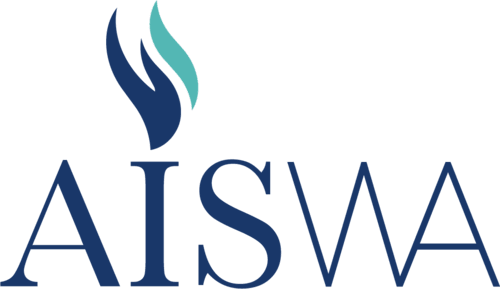One topic that school leaders and language teachers often inquire about is the amount of time allocated to the teaching and learning of a second language, and whether or not the allocation is mandated?
In Western Australia, under the Pre-primary to Year 10: Teaching, Assessment and Reporting Policy, Languages is a mandated subject in Years 3 and 4 (in 2019) as a minimum. Most AISWA schools, however, offer comprehensive language programs that provide for cumulative and continuous learning from P-10, for which a new curriculum has been designed, and beyond. Policy implementation will continue each year until 2023 when Languages will be mandated from Years 3-8.
The School Curriculum and Standards Authority (SCSA) has developed Notional Time Allocation Guidelines “to assist schools and teachers to plan for and make decisions about how the curriculum is implemented in their schools.” These guidelines can be downloaded from the SCSA website here. The guidelines have been developed to assist schools to plan for and make decisions about time-on-task for the purpose of curriculum development. As the document titles states, the time allocations are notional. They are not mandated. The notional allocated time for Languages is 2 hours a week, which provides opportunities to meet the demands of the WA Curriculum and for teachers to truly know each individual student and to develop meaningful learning opportunities using rich tasks.
Every year, AISWA collects data from member schools including the languages offered, the number of qualified teachers, total enrolments and the amount of minutes allocated per week. In 2019, we will ask for the data via our annual Languages Survey from 11 March. This data helps to identify trends and backs up the research about what we know about what works (and what doesn’t). Previous AISWA survey data show schools that offer less than 90 minutes in Year 7, 8 and 9 rarely have continuing programs in Year 10, 11 and 12. As per the guidelines, schools should “provide opportunities for students to specialise in a learning area subject to a greater extent from Year 9”. AISWA schools that offer at least 120 minutes and sometimes up to 150-180 minutes during the transition years tend to have strong senior school language programs and effectively prepare students for Year 11 and 12.
Taster language courses can create gaps in learning.
Sometimes schools that offer more than one language might offer a chance for students to experience or ‘taste’ the range for a term or semester before choosing one language to learn for the long term. This does not allow for cumulative and continuous learning and the design of both the Australian Curriculum and Western Australian Curriculum does not enable such an approach. A term or semester spent ‘tasting’ presents a missed opportunity, when learners could already be committed to building up language skills and developing intercultural understanding.
Frequency matters.
Schools with robust and sustainable language programs usually timetable classes more than 2 times a week. This allows for repetition across all language skills and deeper learning experiences.
Factors that lead to successful language learning are numerous and complex. Time is just one factor. While 2 hours a week is not mandated in WA, it is noted in the Notional Time Allocation Guidelines, and provides a good starting point for a balanced discussion about effectiveness and realistic expectations.
Further reading:
Asia Education Foundation (2014) Senior Secondary Language Education Research Project pdf
Fielding, R. (2014-15) Exploring Effective and Sustainable Language Programs in NSW Independent Schools access pdf here.
Norris, L. (2013 revised). Language Fishbone Framework pdf
Simpson Norris International, (2000). LOTE Planning Framework pdf
Kate Reitzenstein
AISWA Languages Consultant

